Sustainable LSS for Aquariums
Our in-house aquarium experts spent months collecting information about how aquariums can uphold their mission to conserve the natural environment through their own LSS and back-of-house systems.
View Post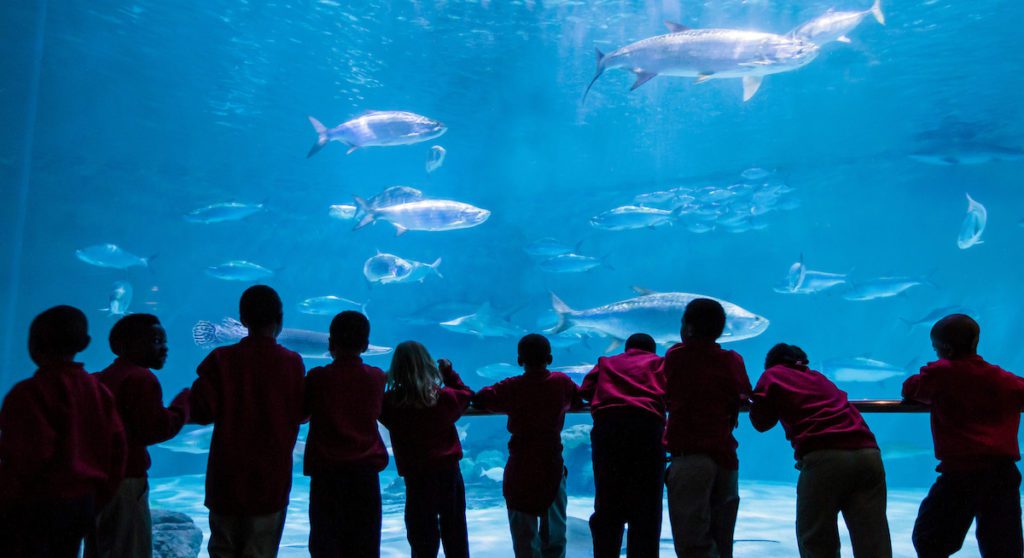
Through our on-going exhibit work with leading aquariums and eco-centers, we continue to discover wonderful examples that leave us in awe of our blue planet and help reconfirm our commitment to do our part to protect our oceans. Here are some of our current favorite reasons and the projects that highlight them:
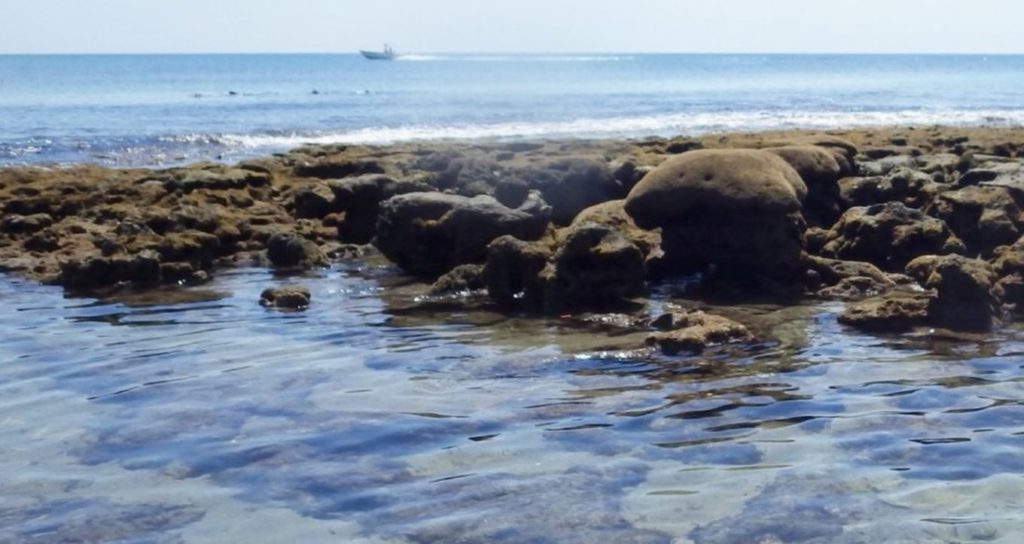
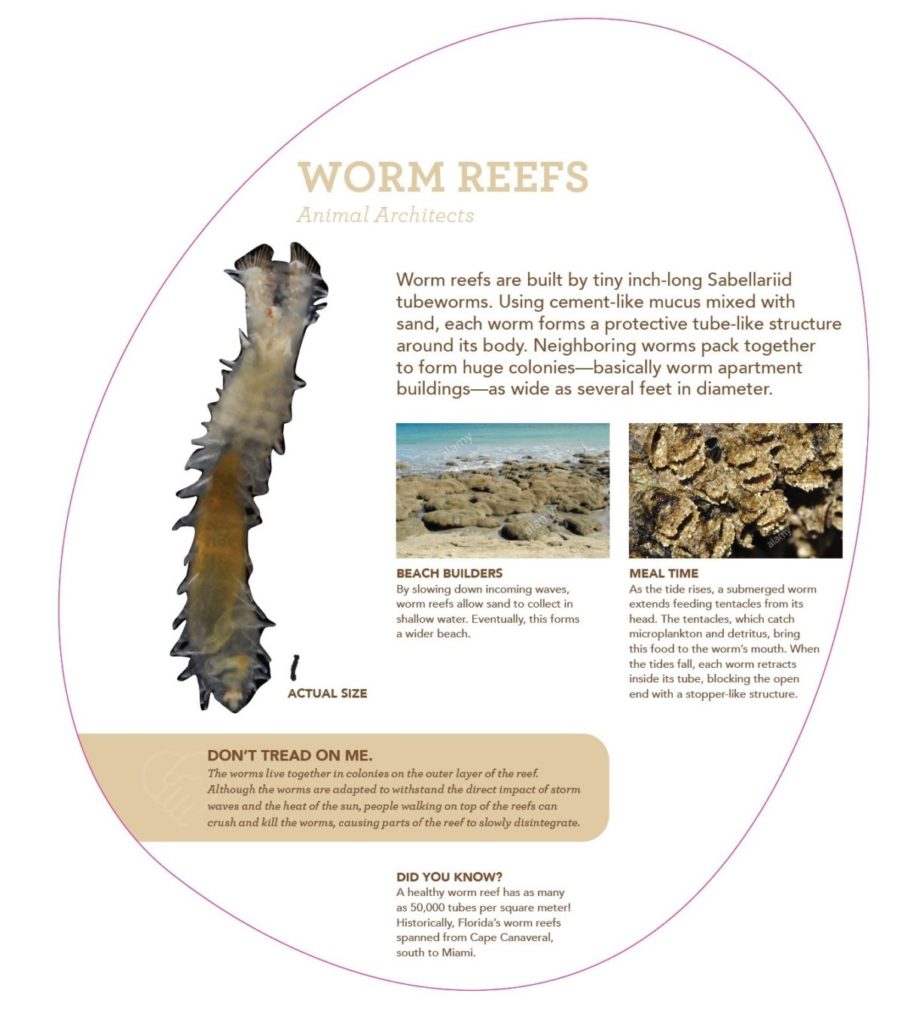
Our soon-to-open Ocean EcoCenter for the Florida Oceanographic Coastal Center in Stuart, FL, is THE place to learn about these nifty little reef builders and the extraordinary biodiversity of Florida’s waters. Worm Reef Beach shares the spotlight with three other interconnected habitats explored through a mix of high-tech media and simpler, hands-on interactives. Co-stars include denizens of the Indian River Estuary, the Florida Reef Tract and the mysterious Sargasso Sea. Floridians inspired to reduce ocean plastics and volunteer in sea grass and oyster reef restoration can find ideas and opportunities on the Center’s social media channels.
This graphic we designed for the new exhibit is all about Worm Reefs and their importance to the ecosystem. The exhibit is slated to open later this Summer.
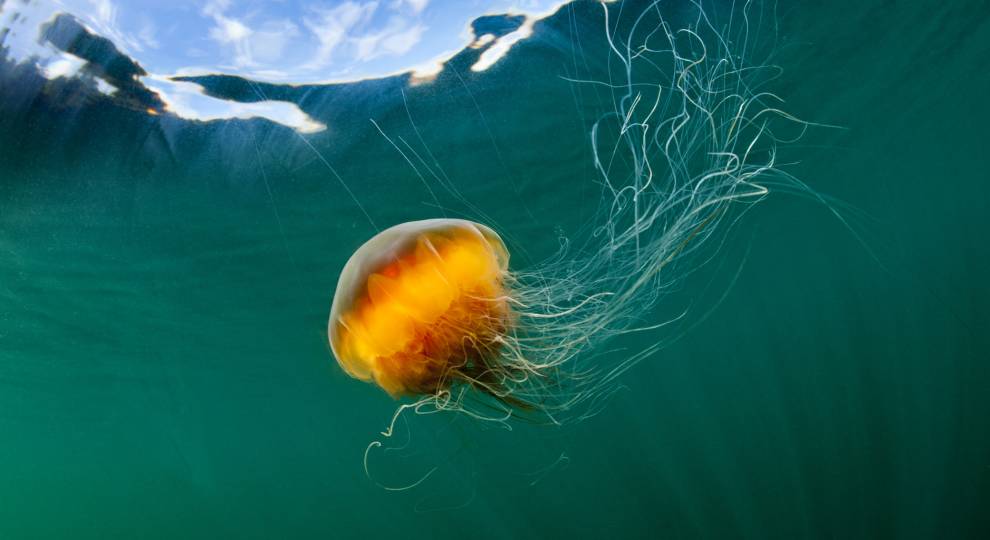
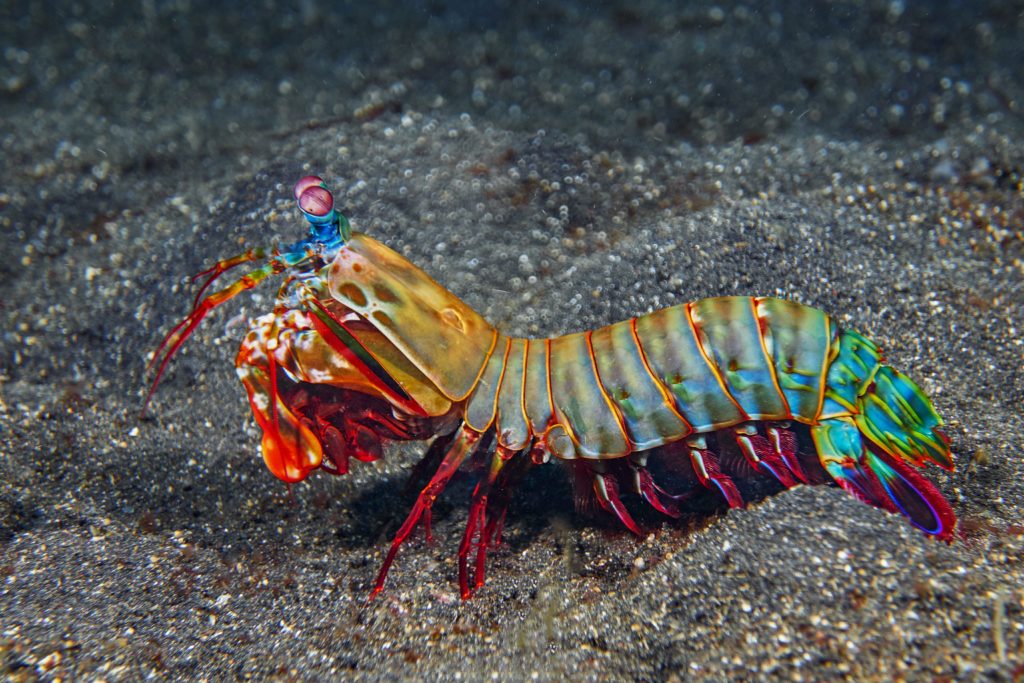
What’s 8-feet in diameter, can grow tentacles up to 100 feet long, sting a human into next week but provide shelter and protection to the vulnerable? Head to our newest exhibit at the expanded Virginia Aquarium & Science Center in Virginia Beach, VA, and find out about these REALLY big Lion’s Mane jellies. Thankfully, they only grow to this size in the Arctic Ocean where we’re not likely to swim, but still… At the smaller end of the scale of tough ocean dwellers, visitors can meet the colorful Mantis Shrimp which packs a mighty punch, pulling back club-like arms and releasing them with 330lbs of force to, wait for it…crush its prey. We’ll say! It’s not all size and might, because the Giant Pacific Octopus will dazzle visitors with its extraordinary intelligence and all the dexterity that comes with having eight arms.
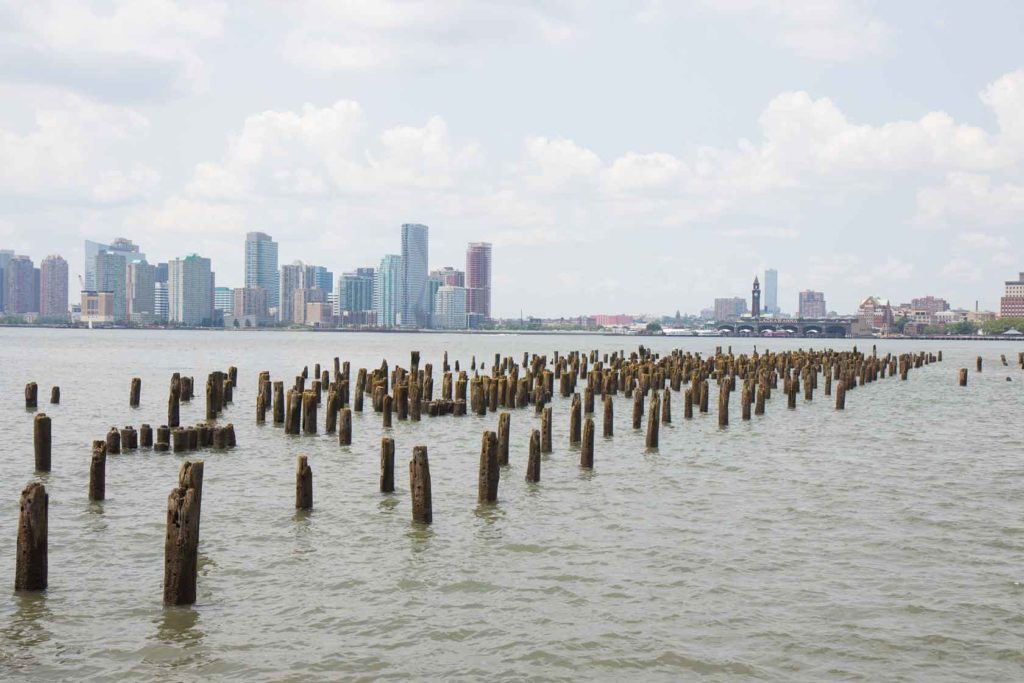
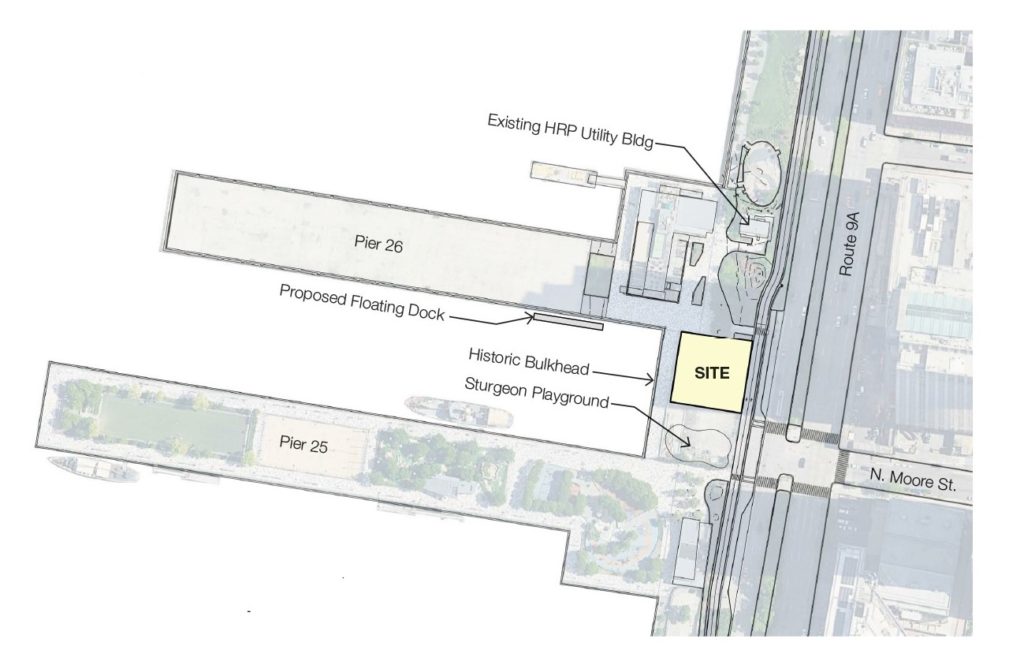
New York neighborhoods are always transforming and this underwater spot at the mouth of the Hudson River is all the rage for future oysters and many other species. The Hudson River Estuary, now a 400-acre estuarine sanctuary, is the point where the Atlantic’s saltwater mixes with the Hudson’s upstate freshwater flow creating a habitat that is as diverse and dynamic as any New York City Borough. Oyster romance needs a little outside help. But that romance is significant and indicative of the habitat restoring itself beneath the oily surface. The new Hudson River Estuarium Ocean Nurseries exhibit will include specially designed tanks where pea-sized oyster “spat” are nurtured and then transferred to protected areas at the river’s edge. This future hub for public outreach and education will introduce New Yorkers and its many visitors to this exclusive underwater neighborhood.
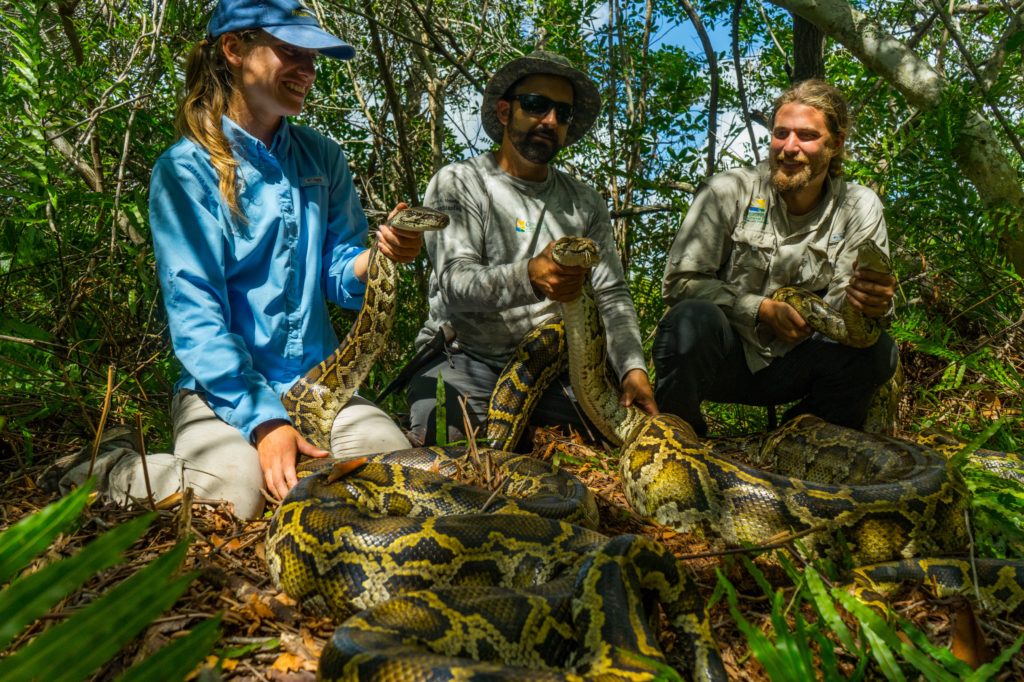
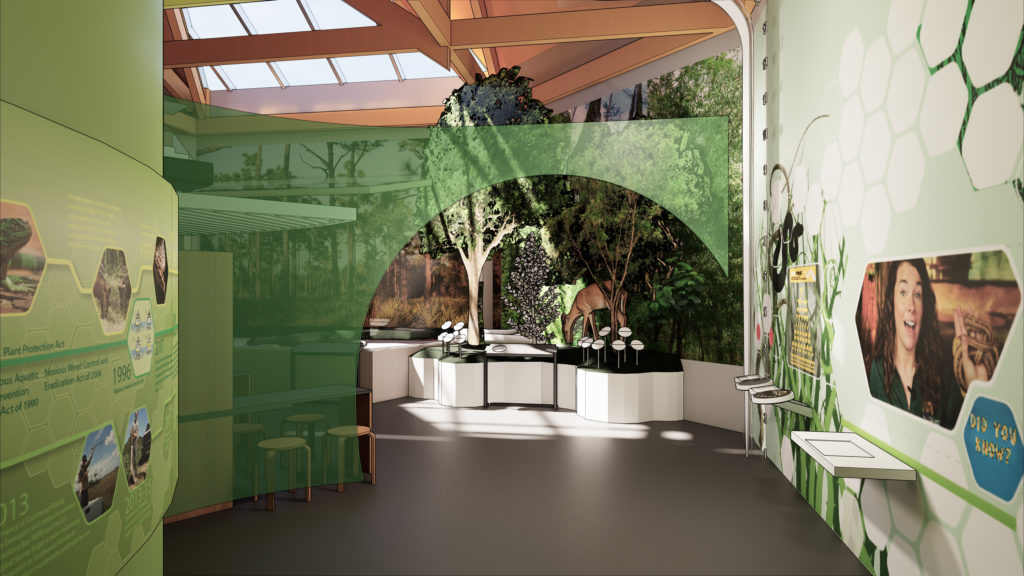
With pythons and lion(fish) invading Florida’s finely-tuned ecosystem, it’s no wonder that the Conservancy of Southwest Florida’s Dalton Discovery Center is moving beyond educating children and families about the unique and endangered habitats of Florida. New animals, exhibits, and interactive media expand the focus onto global issues and a healthy ocean, interpreting the dangers to the planet from invasive species and climate change. The new exhibits and hands-on activities highlight the terrifying consequences with tangible examples of sea level rise, storm surges, erosion and the impacted animals. All is not without hope here though: your visit concludes with achievable goals and a call-to-action, Climate Solutions 101, from the non-profit climate crusaders at Project Drawdown.
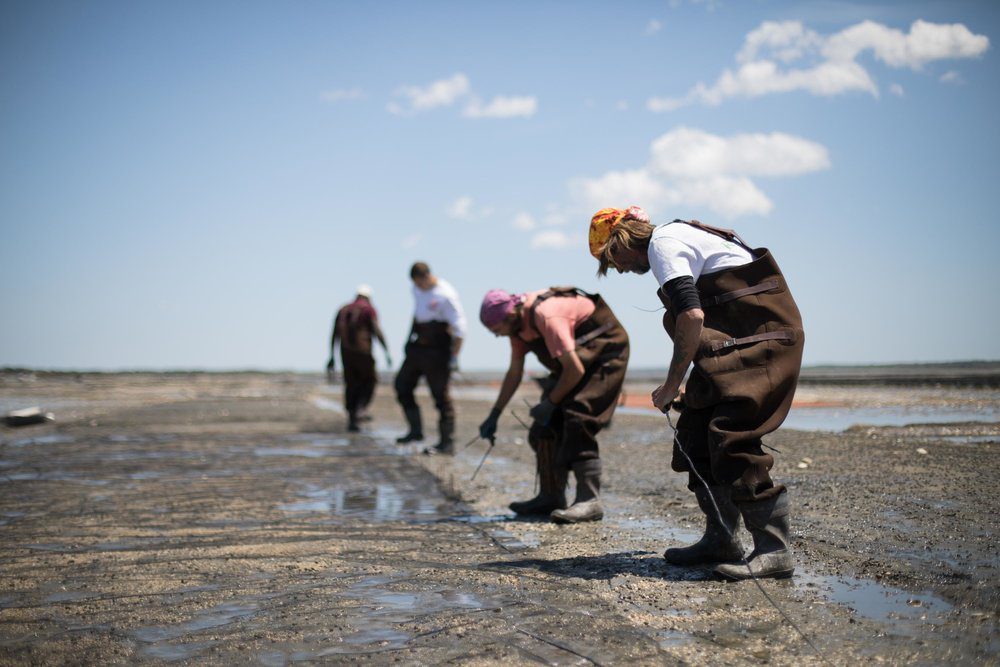
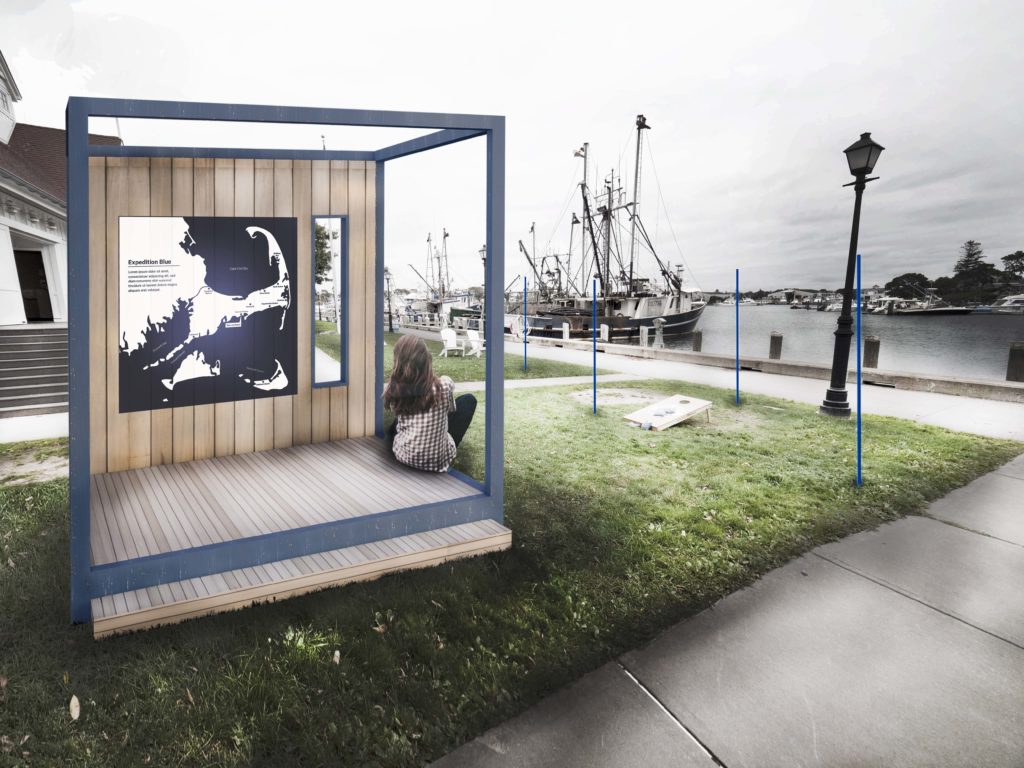
Fisherfolk have long known that they thrive only when the seas thrive. Anything that disrupts this delicate balance can have catastrophic effects on their livelihood and by extension the vibrant commercial and tourist-based economies that support coastal communities. In an effort to bring attention to the importance of the local Blue Economy, ten Cape Cod towns are telling their stories through Expedition Blue, a series of sustainably designed waypoint installations dotting the towns’ seashores. From Falmouth’s oyster beds to Provincetown’s tidal flats, visitors can learn how humans and marine life can symbiotically co-exist and enrich and sustain one another’s futures.
Our in-house aquarium experts spent months collecting information about how aquariums can uphold their mission to conserve the natural environment through their own LSS and back-of-house systems.
View PostThe way that we build can have profound impact on our oceans and, in an era in which global warming is rapidly changing ecosystems, building responsibly is vital for our oceans.
View PostJustin Crane, FAIA explains ten different ways architects can design while lessening negative impacts on wildlife and natural habitats.
View Post